One of the most important things to do at the end of any lawn care season is storing your lawn equipment the right way. Proper lawn mower storage isn’t hard or too expensive – changing the oil filters, and spark plug are the essentials, but there are a few more steps to ensure your riding lawn mower is in tip-top condition for spring.
Take it from me – I got lazy. The carburetor on my Husqrvana snowblower got gunked up when I left old gas in the tank over winter. The battery on my brand new Toro Timecutter zero-turn lawnmower died after leaving it in my garage uncharged for five months.
After a decade of using push mowers, riding lawn mowers, lawn tractors, zero-turn mowers, backpack blowers, snowblowers, and more, these
This list is key to extending the life of your riding mower, lawn tractor, and zero-turn mowers.
Gas Tank Maintenance
This is the number one cause of lawn mower engine troubles (carburetor) after winter. Gasoline, particularly untreated gas, leftover in the fuel tank over several cold winter months cause build-up
I know the feeling. When the weather warms up, all you want to do is hop on your riding mower and go. Take care of the gas tank and fuel system!
Add Fuel Stabilizer
I’ll say it again. Take care of your fuel system. If you’re the one who likes to leave fuel in the gas tank, be sure to add a quality fuel treatment like Seafoam in the mix. Read the instructions and add fuel stabilizer (Seafoam, Sta-Bil, etc.) to your last tank of gas. This will help extend the life of your gasoline and help prevent buildup. Make sure the tank is full to help prevent condensation inside the fuel tank.
For the final step (jumping ahead): Run the engine for a couple of minutes to make sure the treated gas has worked its way through the fuel lines and into the carburetor.
Lawn Phix recommendation: use TruFuel ethanol-free fuel for your last run of the winter and run your engine dry.
New Gas Filter
Replace the fuel filter. These are located in the fuel lines and can be changed out easily. Be sure the gas tank is empty and be prepared for any excess gas in the fuel lines.
Oil Change
Get some new oil in that oil tank. I mow my lawn more frequently than most homeowners, and will often change the oil in my mowers in the summertime. It’s cheap, easy to do, and can extend the life of your engine.
Simply run your riding mower for a few minutes to warm the oil. This will make draining the oil easier, and allow for all of the oil to be drained. Drain into an oil pan and discard properly. Before filling back up, change your oil filters (below). Check the manufactures directions and fill with the recommended oil (I use synthetic 10w30) and check the oil level with the dipstick.
Lawn Phix recommendation: Try a synthetic oil.
New Oil Filter
Along with fresh oil, you’re going to need a new oil filter. Replace these after you’ve drained your old oil and before you add new oil. Properly dispose of your old oil filter and oil properly.
Replace Spark Plug
Buy a new spark plug, or two. Make sure you buy the right spark plug for your mower and measure the gap before replacing the spark plug hole. My zero turn mower has two spark plugs
Change Air Filter
Something I’ll also do in the summer is clean and replace the air filter of my riding lawnmower. Depending on how dirty it gets, you can clean air filters with a high-pressure air spray. If they’re too far gone, get a new one. Keeping the air intake clean is
Battery Charge
Buy yourself a BatteryMinder now and don’t look back. Keeping your battery charged is vital for a clean, fresh start in the spring. Clean the battery terminals, too, as the contact between cables and battery terminals is important in keeping your battery charged.
Clean Mower Deck
Last but certainly not least is to clean your riding lawn mower – particularly the mower deck. Use a wire brush or putty knife to remove the grass clippings from under the deck. A good cleaning will prevent nasty build-up underneath and make for a nice clean cut come spring.
Be careful if you use a pressure washer as that could strip the paint. A simple hose sprayer and dish soap are enough should you feel the need to get extra clean.
Should I remove the battery from my riding lawn mower for the winter?
Taking the battery out of a cold shed or garage will help extend the charge and life of a battery. Keeping it indoors and off of cement/concrete floor. However, keeping the battery on a trickle charger (or battery tender) will be the best way to keep your battery charged over winter.
Is it necessary to winterize lawn mower?
Yes, winterizing your lawn mower is important in extending the life of your machine. Changing the oil, filters, and spark plugs, along with fresh fuel will help ensure a clean start-up in the spring.
Can you leave gas in a lawn mower over winter?
Refer to your manufacturers instructions. If you run the engine dry, try using an ethanol-free fuel like TruFuel for your last tank. If you decide to keep gas in the tank over winter, fill the tank to the top with new gasoline and a fuel stabilizer, run for a few minutes to ensure the fresh fuel is in the lines and carburetor.
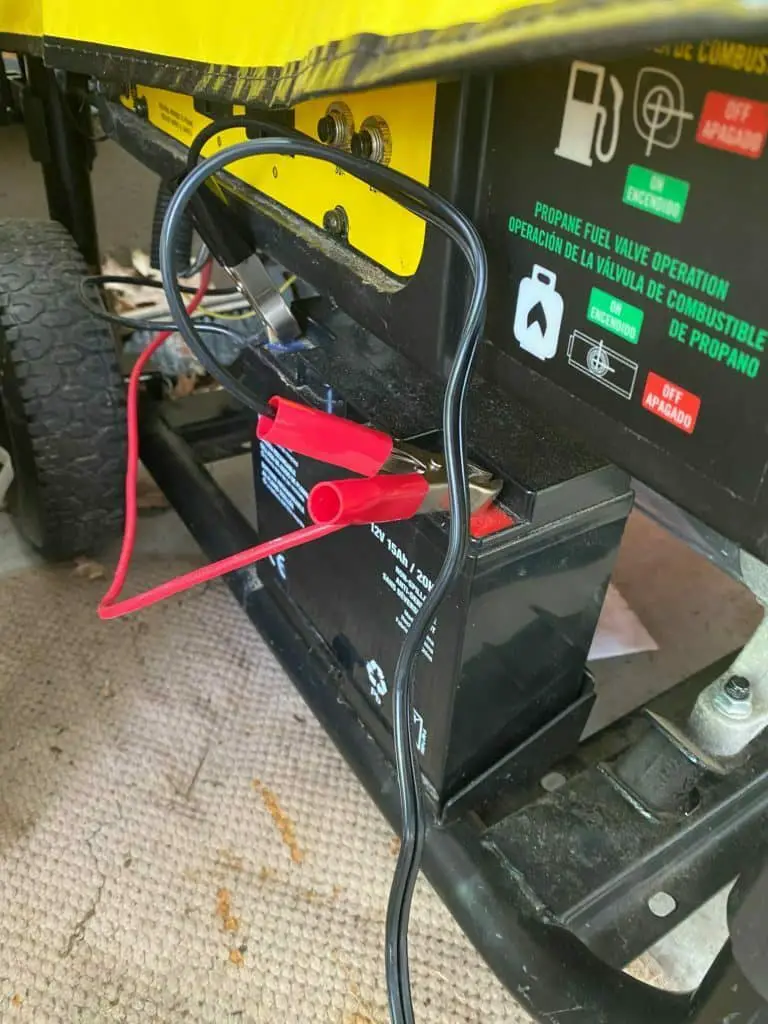
Charging generator battery with BatteryMinder 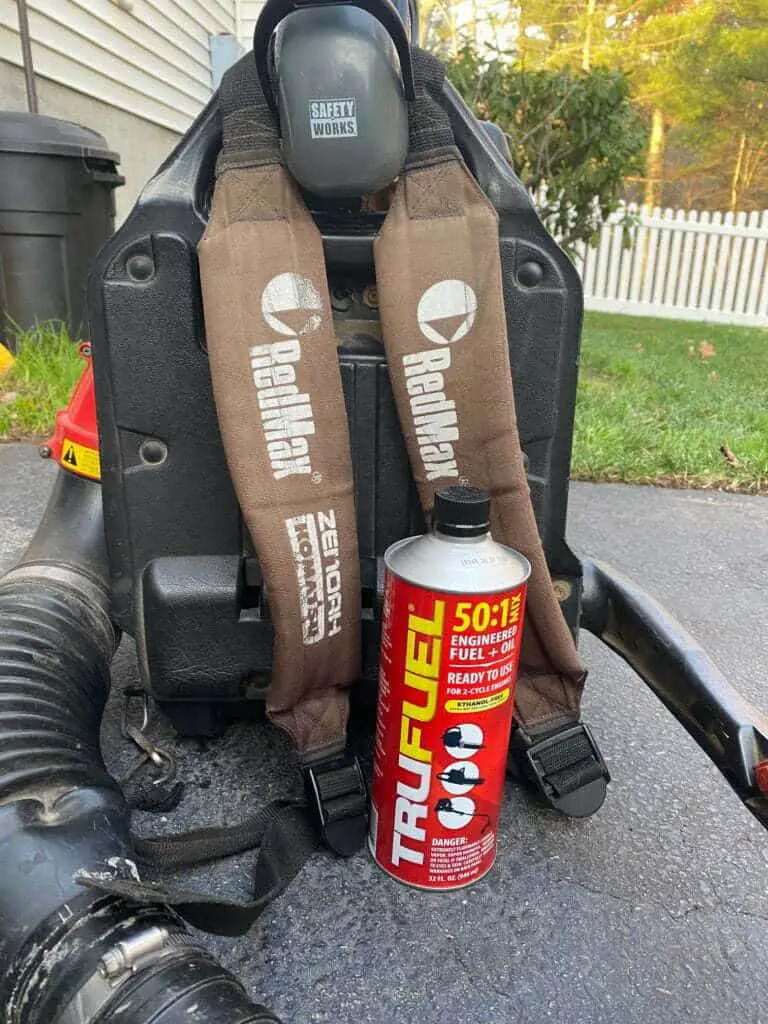
Winterizing the RedMax leaf blower, too! 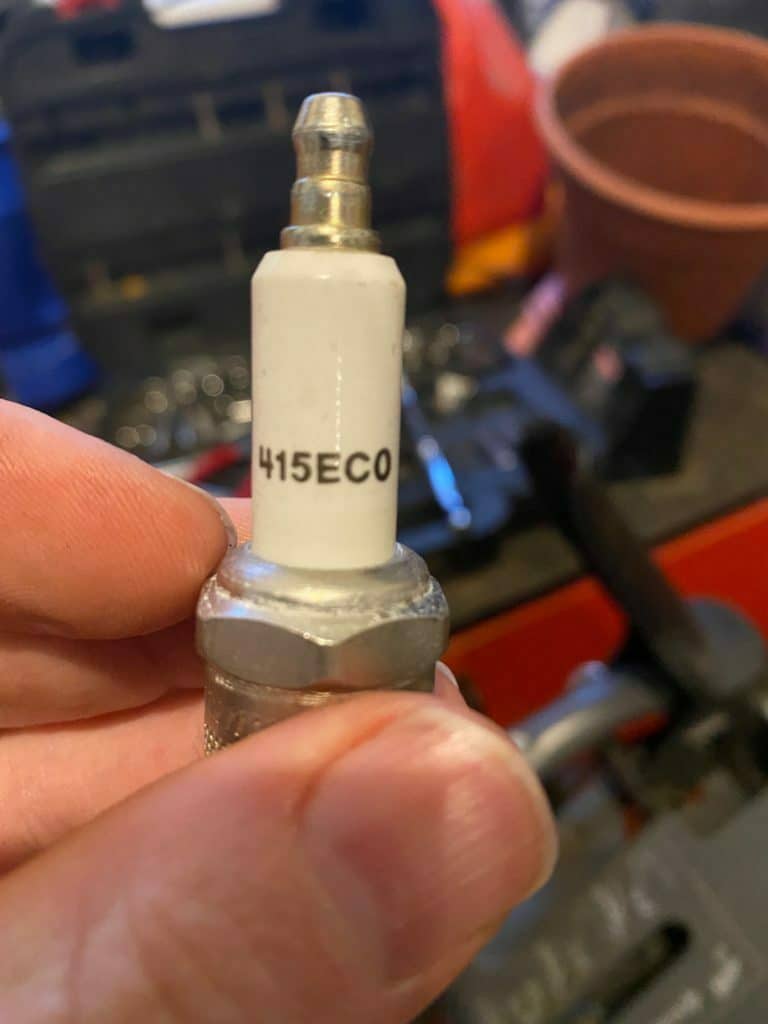
New spark plug 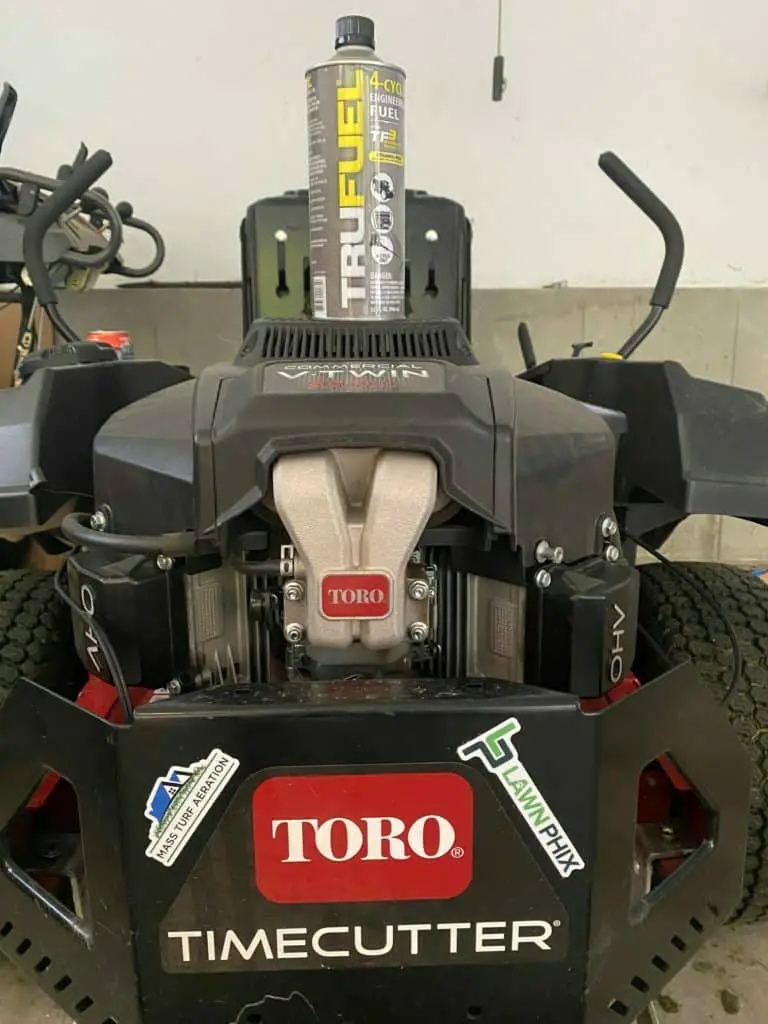
TruFuel 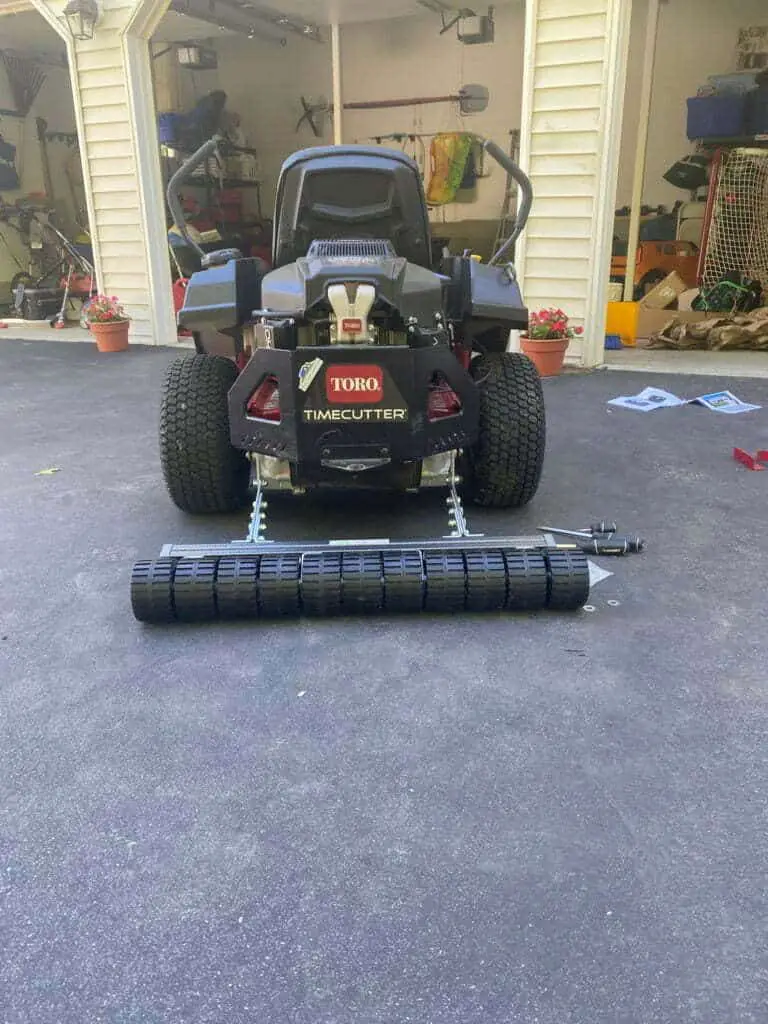
Cleaning and winterizing begins 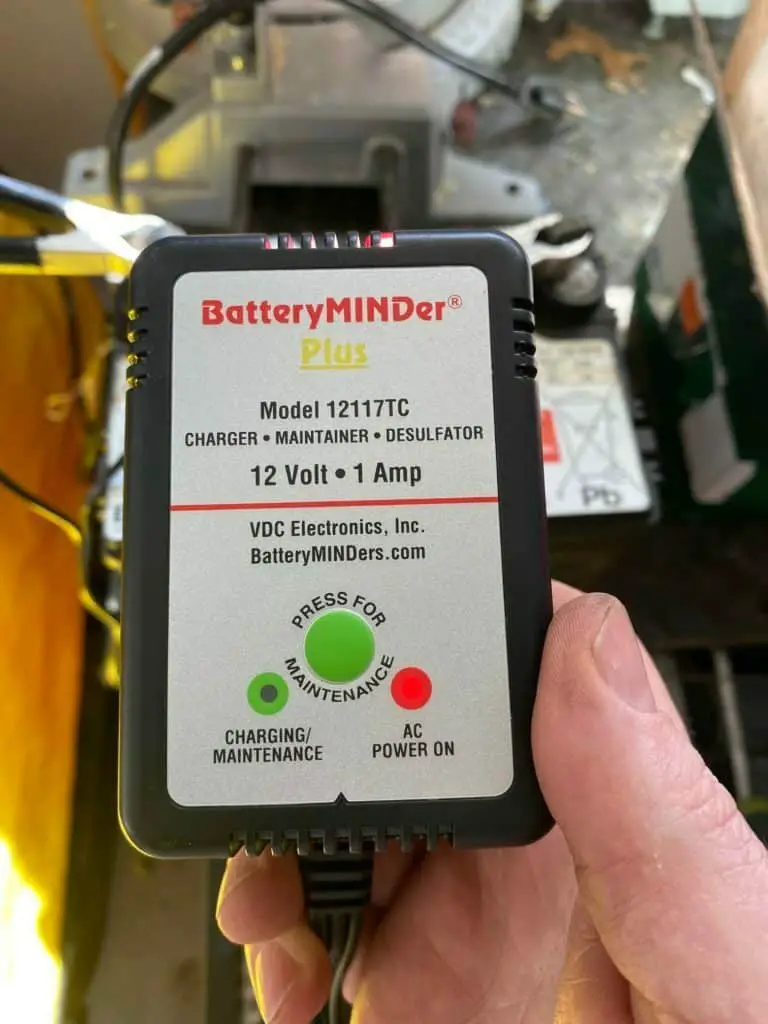
BatteryMinder – must have 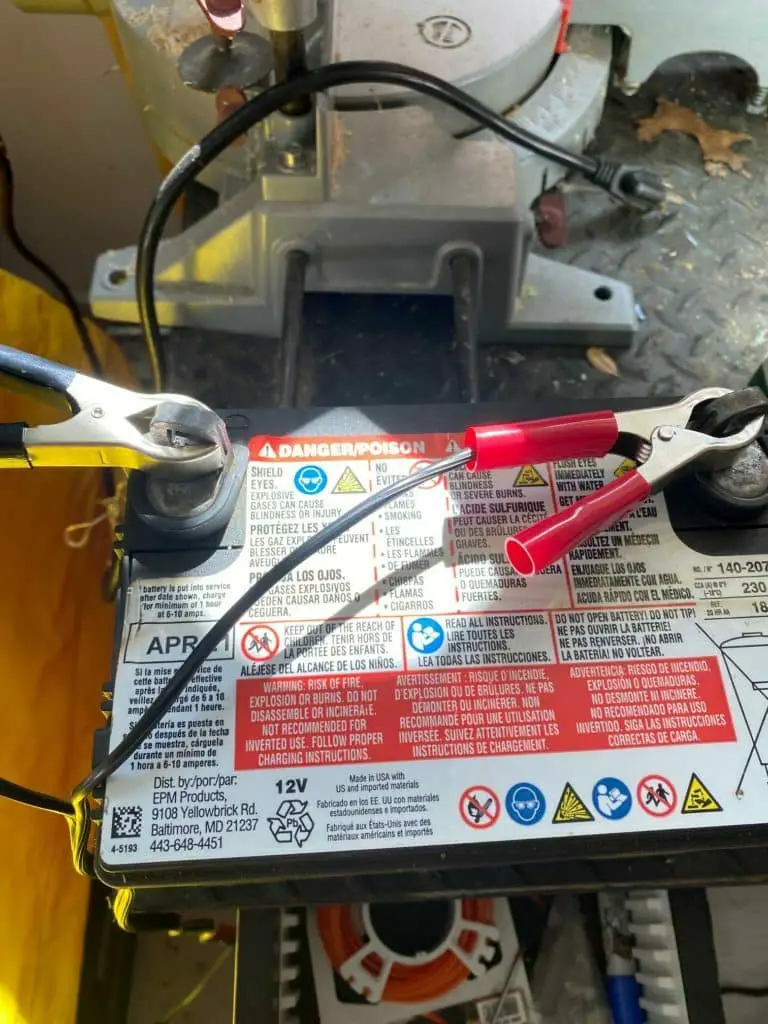
Charging the zero turn lawn mower battery now 
Cleaning the lawn mower deck before winter 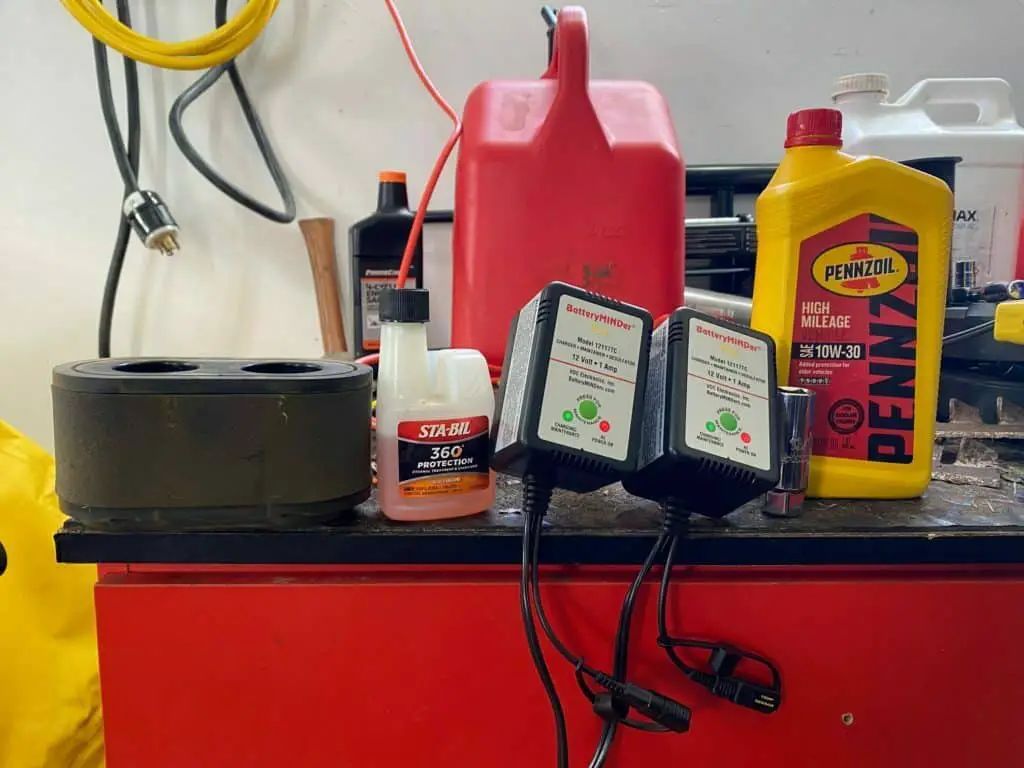
Some of my winterizing products 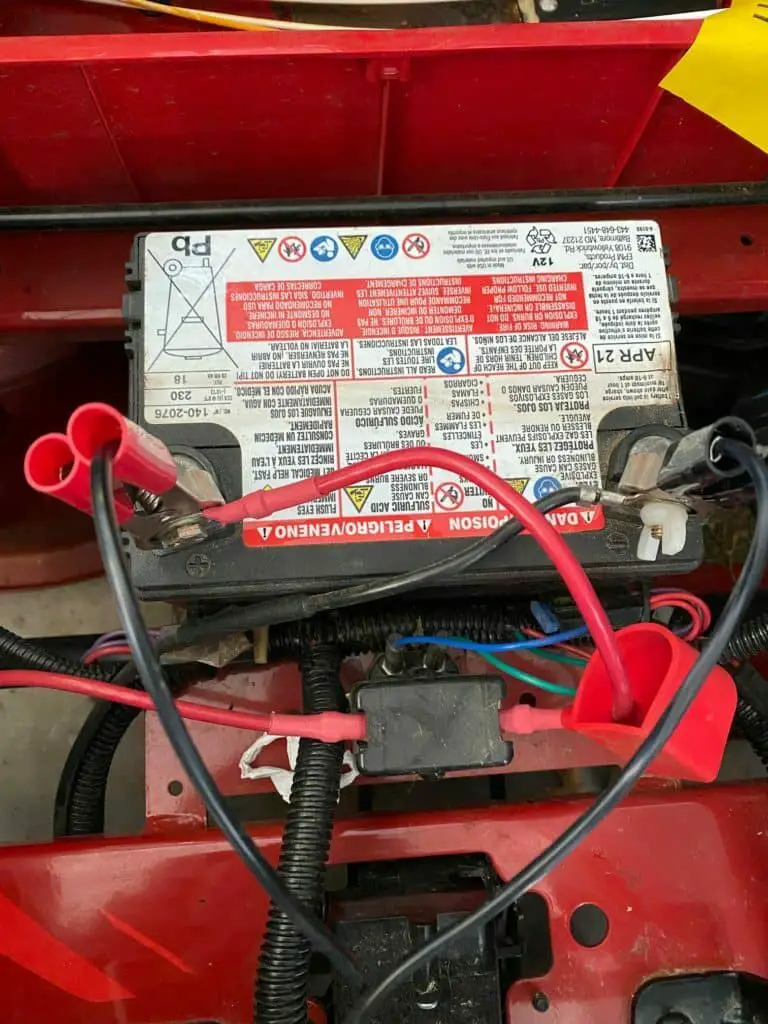
Keeping the e BatteryMinder on maintenance mode all winter

